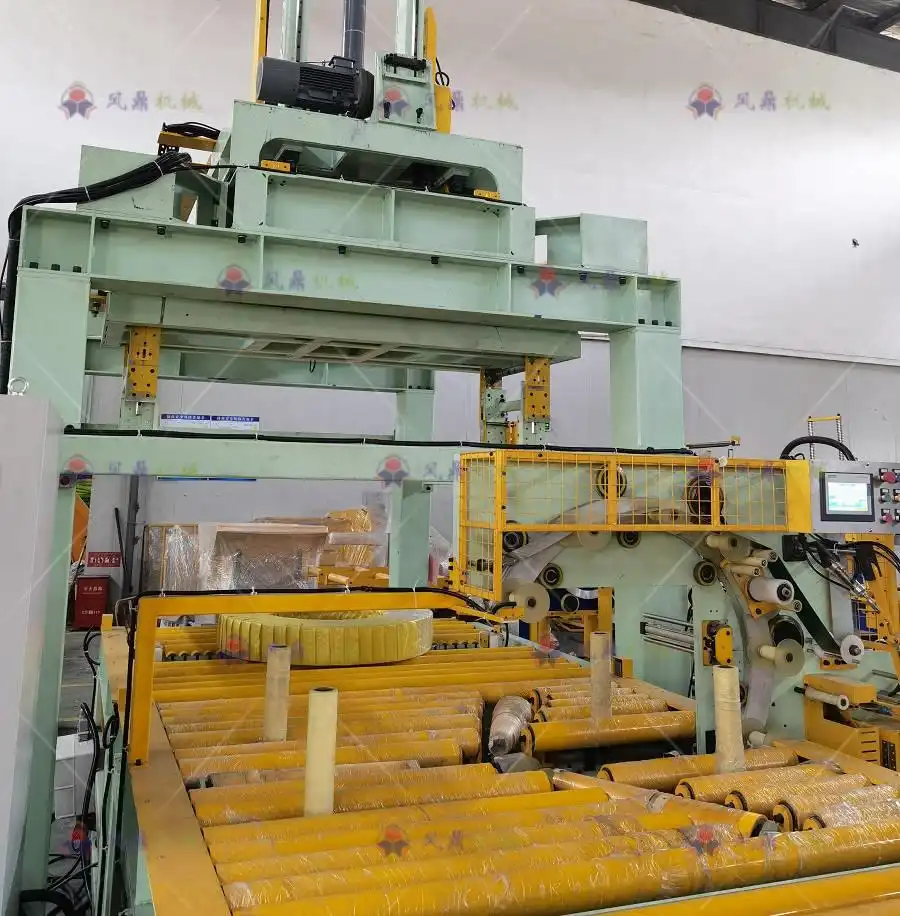
Steel coil packing lines are crucial assets in many industrial operations, ensuring heavy-duty coils are securely packaged for safe transport and storage. Like any sophisticated machinery, these lines demand consistent, high-quality maintenance to operate efficiently and reliably. Neglecting regular upkeep can lead to unexpected downtime, expensive emergency repairs, compromised product quality, and potential safety hazards.
Effective maintenance strategies are vital for maximizing the productivity and longevity of your steel coil packing line. Understanding the key components of a comprehensive maintenance plan helps ensure your operations run smoothly and cost-effectively. This guide explores the essential aspects of maintaining these critical systems.
The reliability of your steel coil packing line directly impacts your overall productivity and profitability. Proactive maintenance not only ensures uninterrupted operations but also prevents minor issues from escalating into major failures. What constitutes an effective maintenance program for these complex systems?
A successful approach involves understanding the unique demands of your specific operation and implementing tailored maintenance activities designed to keep your equipment in peak condition while minimizing disruptions to your workflow.
[claim]
Industry data suggests that a well-maintained steel coil packing line can reduce unplanned downtime by up to 50%, significantly cut repair costs, and substantially enhance the operational lifespan of the equipment.
1. Key Components of Effective Steel Coil Packing Line Maintenance
Preventive Maintenance Programs
Regular, scheduled maintenance forms the bedrock of any effective asset management strategy. These preventive programs should be carefully planned around your operational hours and production cycles to minimize disruptions.
Key preventive maintenance tasks typically include:
- Cleaning: Removing debris, dust, and contaminants that can interfere with sensors or moving parts.
- Lubrication: Applying appropriate lubricants to bearings, chains, gears, and other friction points to reduce wear.
- Inspection: Visually checking for signs of wear, damage, or misalignment on critical components (e.g., rollers, belts, strapping heads, hydraulic systems).
- Calibration: Ensuring sensors, measuring devices, and control systems are accurate for consistent packaging quality.
- Adjustments: Tightening loose fasteners, adjusting belt tension, and ensuring proper alignment of components.
A structured preventive maintenance schedule provides confidence that your machinery is consistently maintained for optimal performance and reliability.
Advanced Diagnostics and Troubleshooting
Even with excellent preventive care, equipment issues can arise. Utilizing advanced diagnostic tools and techniques is crucial for identifying potential problems early, often before they lead to major failures or noticeable performance degradation.
Diagnostic services may involve:
- Vibration analysis to detect bearing wear or imbalance.
- Thermal imaging to identify overheating electrical components or motors.
- Oil analysis to assess the condition of hydraulic fluids and gearboxes.
- PLC and software diagnostics to troubleshoot control system errors.
Swift and accurate troubleshooting, based on thorough diagnostics, is essential for minimizing downtime and keeping operations running smoothly. Look for maintenance providers equipped with the latest diagnostic technology and expertise.
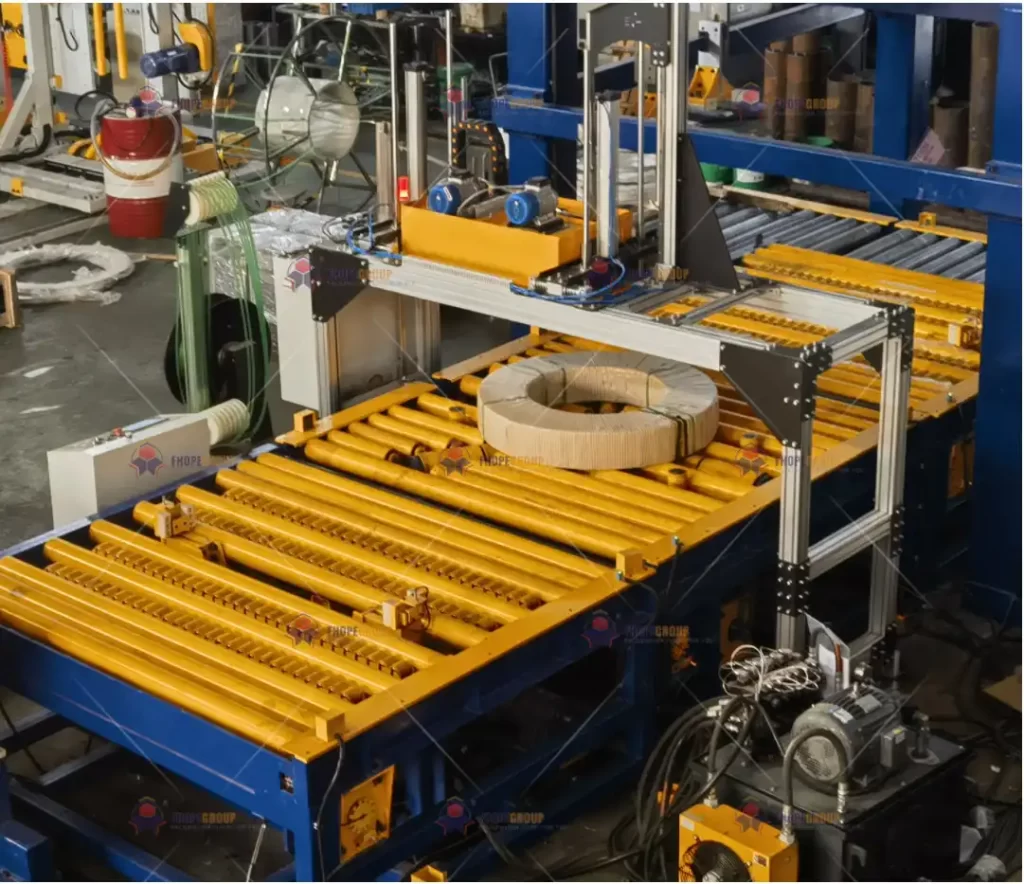
Rapid Response and Emergency Repairs
Unplanned breakdowns require immediate attention to minimize production losses. A comprehensive maintenance plan should include provisions for emergency repair services with rapid response times.
Effective emergency support relies on:
- Availability of skilled technicians, potentially 24/7 depending on operational needs.
- Access to necessary spare parts and specialized tools.
- Efficient communication and dispatch systems.
Having a reliable partner for emergency repairs ensures critical issues are addressed promptly, restoring your packing line to full operation as quickly as possible.
2. Customizing Maintenance Strategies for Your Operation
Assessing Operational Needs
Every production environment is unique. A standardized maintenance plan may not be optimal. A thorough evaluation of your specific operational context is the first step in developing a tailored strategy. Key factors to consider include:
- Production volume and throughput targets.
- Operating hours (e.g., single shift vs. 24/7 operation).
- Age and condition of the equipment.
- Complexity of the packing line (level of automation, number of integrated systems).
- Environmental conditions (temperature, dust levels).
- Specific types of coils being processed (size, weight, material).
Understanding these factors helps determine the appropriate level and frequency of maintenance required to meet your business goals, whether they prioritize maximum uptime, cost efficiency, or long-term asset preservation.
Determining Optimal Service Frequency
The intensity of equipment use directly influences how often maintenance is needed. A high-throughput line running continuously will naturally require more frequent inspections, lubrication, and adjustments than a line used intermittently.
The optimal service frequency should balance preventive care needs with operational efficiency. Over-maintaining can be costly and disruptive, while under-maintaining increases the risk of failure. Adjusting maintenance intervals based on actual usage patterns, equipment condition monitoring, and manufacturer recommendations ensures resources are used effectively.
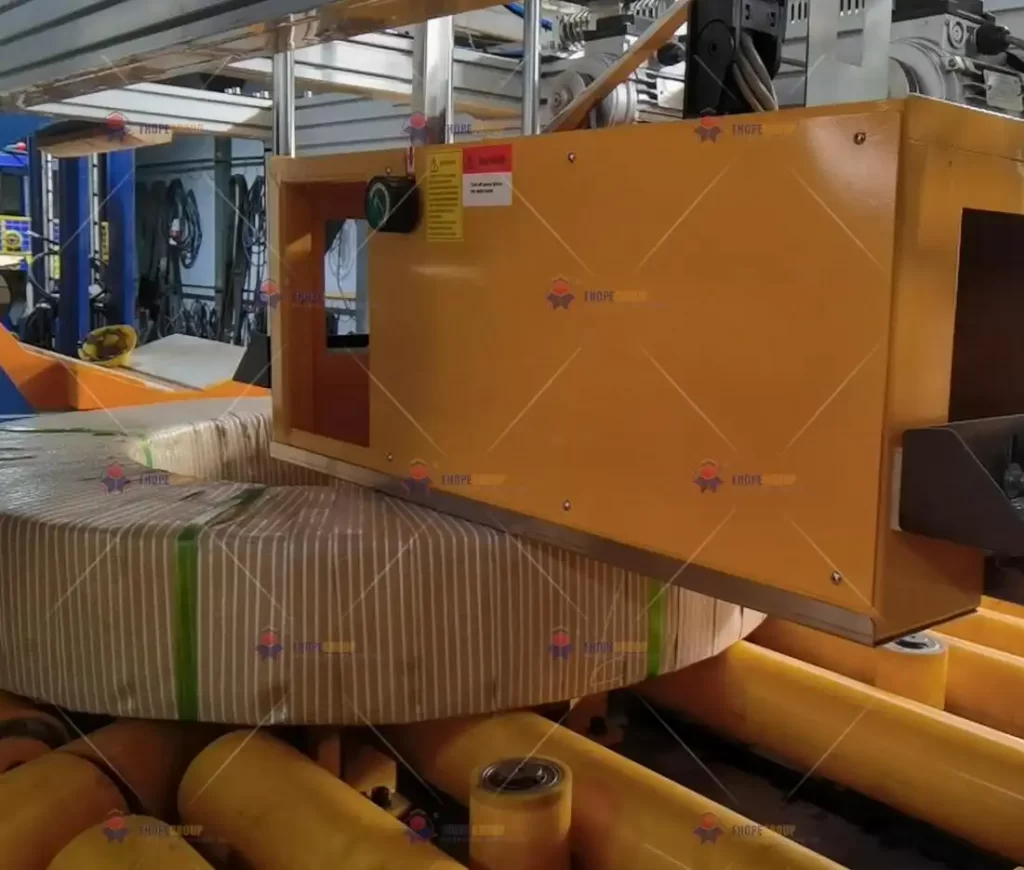
Adapting Maintenance Plans Over Time
Business needs and operating conditions evolve. Your maintenance strategy should be flexible enough to adapt. As production demands change, equipment ages, or new technologies are integrated, the maintenance plan may need adjustments.
Regular reviews of the maintenance program's effectiveness, incorporating feedback from operators and maintenance technicians, are essential. This ensures the plan remains relevant and continues to deliver optimal results, supporting your business growth and technological advancements.
3. The Financial Benefits of Proactive Maintenance
Minimizing Costly Downtime and Repairs
Unplanned downtime is one of the most significant hidden costs in manufacturing. Proactive maintenance drastically reduces the likelihood of sudden equipment failures by addressing potential issues before they escalate.
Preventive care, including timely replacement of wear-and-tear components identified during inspections, avoids the high costs associated with emergency repairs, expedited parts shipping, and lost production revenue. Investing in regular maintenance yields substantial savings compared to reacting to breakdowns. For further insights into calculating downtime costs, resources like the Reliabilityweb community offer valuable frameworks.
Maximizing Equipment Lifespan and ROI
Steel coil packing lines represent a significant capital investment. Protecting this investment through proper maintenance is crucial for achieving a strong return (ROI). Consistent upkeep by knowledgeable technicians ensures machinery operates within design parameters, reducing stress on components.
Detailed attention to cleaning, lubrication, calibration, and inspection prevents premature wear and extends the functional life of the equipment, delaying the need for costly replacements or major overhauls.
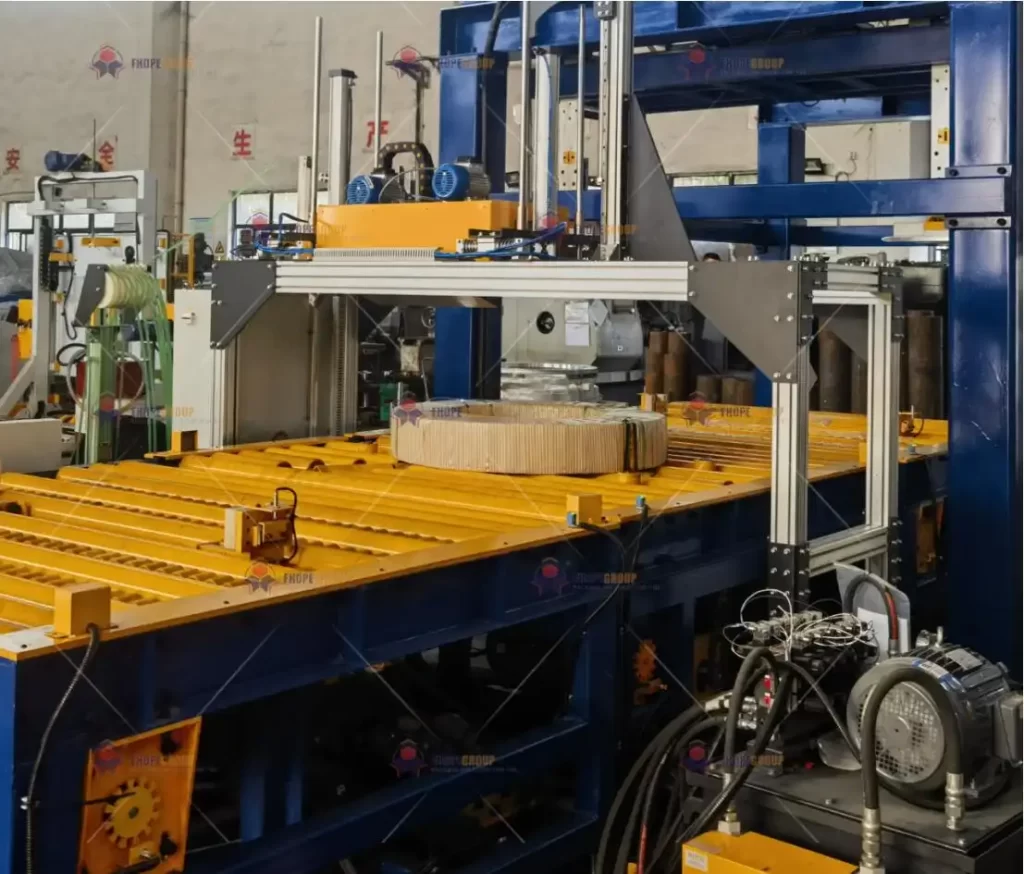
Enhancing Energy Efficiency
Well-maintained machinery operates more efficiently, consuming less energy. Worn bearings, misaligned components, dirty filters, or improperly tensioned belts can force motors and systems to work harder, increasing energy consumption.
Routine maintenance ensures all parts function smoothly, minimizing energy waste. Optimizing energy efficiency not only lowers utility bills but also supports corporate sustainability initiatives and reduces environmental impact. Resources from organizations like the U.S. Department of Energy's Advanced Manufacturing Office often highlight the link between maintenance and energy savings.
4. The Importance of Qualified Maintenance Providers
The Value of Specialized Experience
Maintaining complex steel coil packing lines requires specialized knowledge. Technicians familiar with the specific mechanics, hydraulics, pneumatics, and control systems of these lines are far more effective than general maintenance staff.
Experienced providers possess deep technical understanding combined with practical insights gained from working on similar equipment. This expertise allows for more accurate diagnostics, efficient repairs, and valuable recommendations for optimization and upgrades.
Ensuring Technician Qualification and Training
Effective maintenance depends on the skills of the technicians performing the work. Look for providers whose technicians are certified, factory-trained (if applicable), and continuously updated on the latest industry advancements and safety protocols.
Proper training ensures technicians can handle sophisticated equipment, utilize advanced diagnostic tools correctly, and adhere to safety standards, such as those outlined by OSHA regarding lockout/tagout procedures, minimizing risks during maintenance activities.
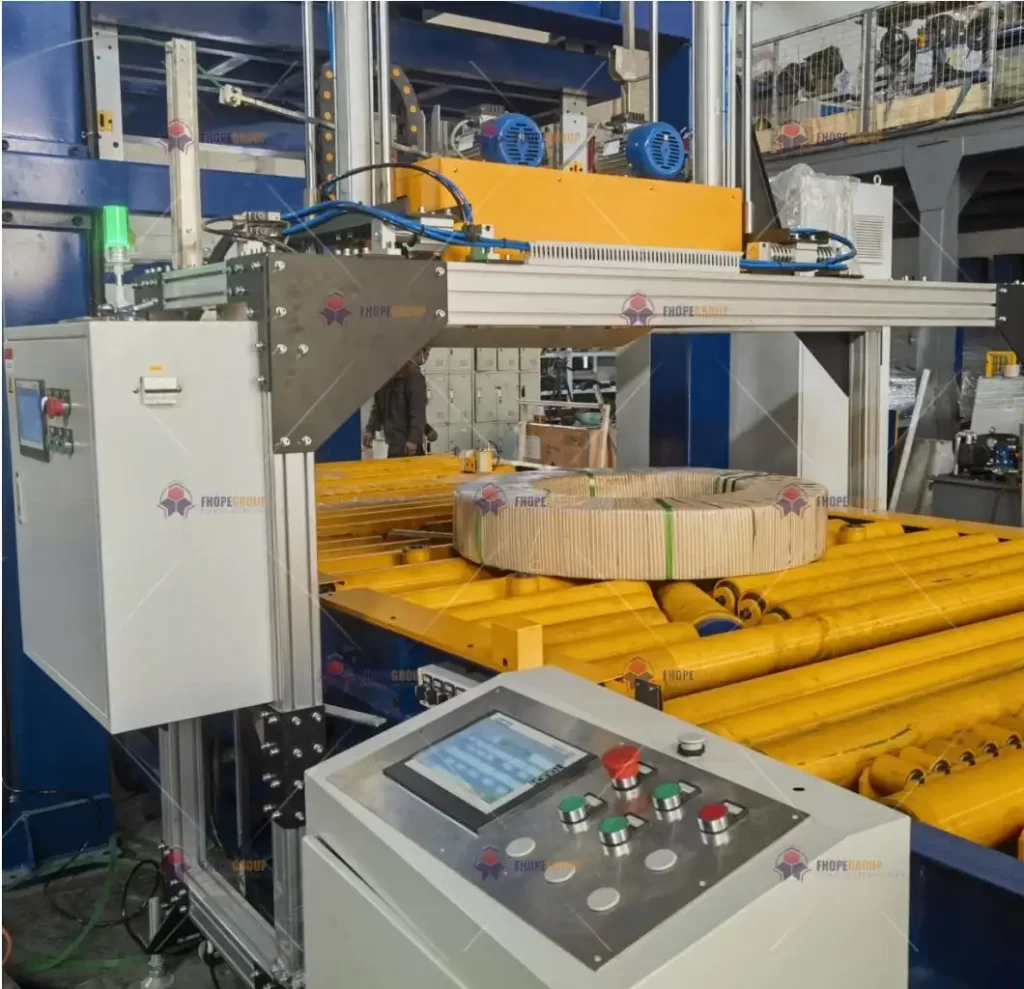
Verifying Maintenance Provider Effectiveness
When selecting a maintenance partner, verifying their track record is essential. Reputable providers can often share case studies, client testimonials, or performance data demonstrating their ability to improve equipment reliability, reduce downtime, and deliver cost savings.
Asking for references and inquiring about their experience with your specific type of equipment or industry can provide confidence in their capabilities and commitment to delivering measurable results.
Conclusion
Maintaining your steel coil packing line should be viewed not as an expense, but as a strategic investment in operational efficiency, safety, and long-term profitability. The benefits—ranging from significantly reduced downtime and extended equipment lifespan to lower repair costs and improved energy efficiency—are substantial.
[claim]Implementing a tailored maintenance program that combines preventive care, advanced diagnostics, and access to qualified expertise ensures your packing operations remain reliable, productive, and cost-effective. Prioritizing proactive maintenance safeguards your investment and supports sustained business success.
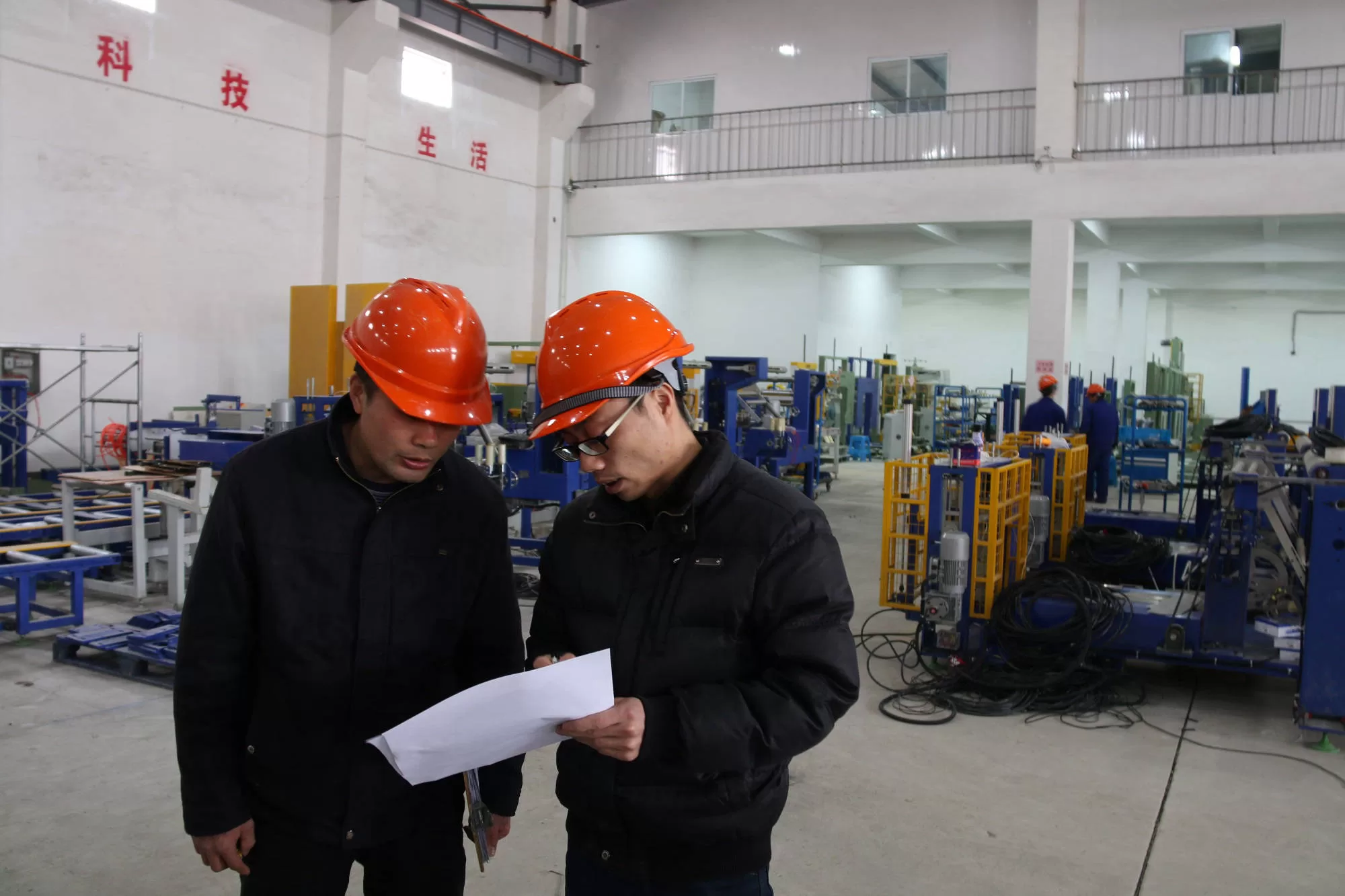
Get Your Best Solution !